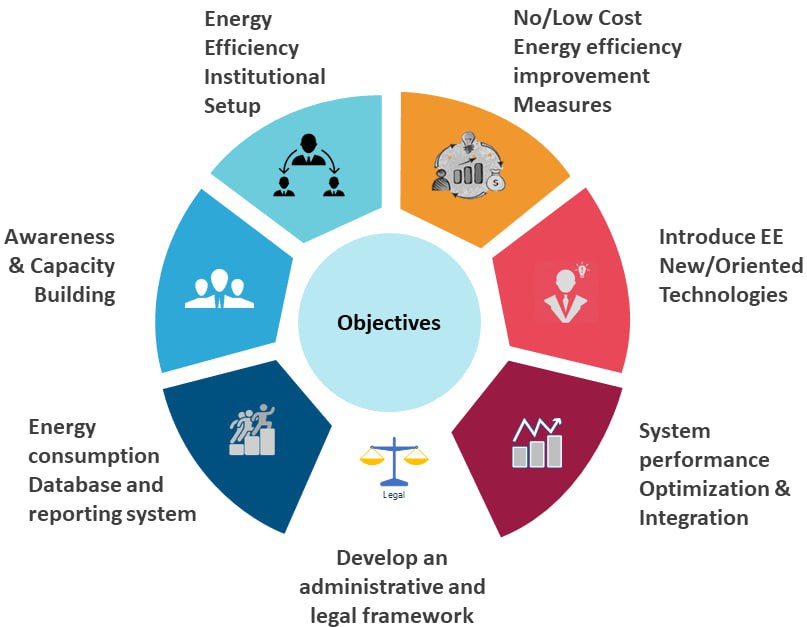Plan to Reduce Energy Consumption: Steps for a More Efficient and Sustainable Future
Reducing energy consumption is key to lowering operational costs, minimizing environmental impact, and conserving resources. Here’s a guide to developing an effective energy reduction plan:
1. Conduct an Energy Audit
Start by assessing current energy use to understand where energy is consumed the most and identify any inefficiencies. An energy audit evaluates all areas, including lighting, HVAC systems, insulation, and equipment.
2. Set Clear, Measurable Goals
Define specific goals for reducing energy consumption. Goals should be realistic, time-bound, and measurable, such as "Reduce energy use by 20% within two years" or "Lower heating costs by 15% through improved insulation."
3. Upgrade to Energy-Efficient Equipment
Replacing outdated appliances, lighting, and machinery with energy-efficient alternatives can reduce energy use substantially. Look for products certified as energy efficient, like those with the ENERGY STAR label.
4. Optimize Heating, Ventilation, and Cooling (HVAC) Systems
HVAC systems account for a large portion of energy use. Regular maintenance, upgrading to high-efficiency systems, and implementing smart thermostats can help reduce energy costs.
5. Implement Smart Energy Management Systems
Using smart energy management systems provides real-time data on energy use and enables more precise control over energy-consuming devices.
6. Improve Insulation and Seal Leaks
Poor insulation and air leaks can lead to significant energy loss, especially in buildings with high heating and cooling demands.
7. Reduce Standby Power Consumption
Many devices draw power even when not in active use, often referred to as "phantom load" or "vampire power."
8. Promote a Culture of Energy Awareness
Educate occupants or employees about the importance of energy conservation and encourage habits that save energy, like turning off lights and unplugging devices.
9. Explore Renewable Energy Options
For a comprehensive approach, consider incorporating renewable energy sources like solar panels or wind turbines. These systems can supplement energy needs and lower reliance on traditional power sources.





